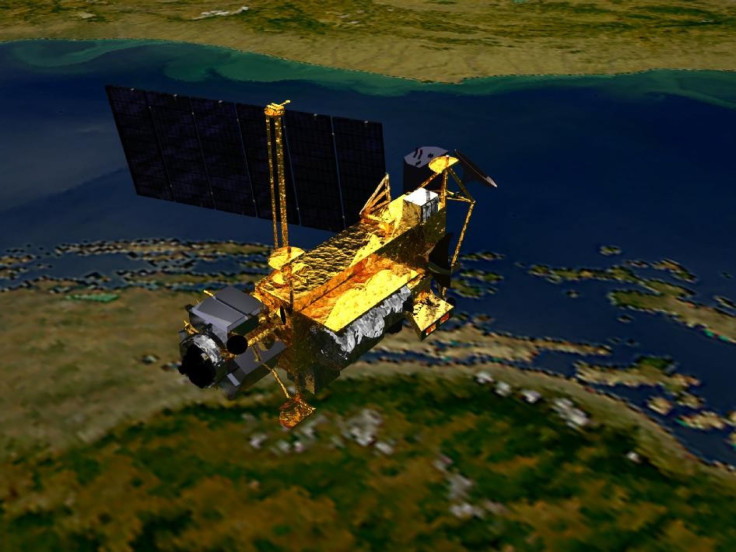7-Ton NASA Satellite to Come Hurtling Back to Earth

A 20-year-old NASA satellite is set to plunge back to Earth between late September and early October and is expected to rain debris over a wide area.
NASA's defunct seven-ton Upper Atmosphere Research Satellite(UARS) is expected to re-enter Earth's atmosphere over the next six weeks, but the agency cannot determine exactly when the satellite will re-enter and what geographic area may be affected. However, NASA is keeping close tabs on URAS and will keep the public informed about the satellite's orbital track and its predicted re-entry date.
NASA said that even though the spacecraft would break into pieces during re-entry not all of it would burn up in the atmosphere. However, there is no cause for alarm as the risk to public safety is extremely small and safety is NASA's top priority, the agency added.
Since the beginning of the Space Age in the late-1950s, there have been no confirmed reports of an injury resulting from re-entering space objects. Nor is there a record of significant property damage resulting from a satellite re-entry, said NASA.
However, NASA is cautioning the public not to touch anything that they believe might be UARS debris. Instead the public should immediately contact the local law enforcement official.
The satellite's current orbit is 155 by 174 miles (250 by 280 kilometers), with an inclination of 57 degrees. NASA said. That means the satellite would have to descend into the atmosphere somewhere between 57 degrees north latitude and 57 degrees south. NASA estimated that the debris footprint would stretch about 500 miles.
The actual date of re-entry is difficult to predict because it depends on solar flux and the spacecraft's orientation as its orbit decays. As re-entry draws closer, predictions on the date will become more reliable, NASA said.
UARS was launched Sept. 12, 1991, aboard space shuttle mission STS-48 and deployed on Sept. 15, 1991. It was the first multi-instrumented satellite to observe numerous chemical components of the atmosphere for better understanding of photochemistry. UARS data marked the beginning of many long-term records for key chemicals in the atmosphere. The satellite also provided key data on the amount of light that comes from the sun at ultraviolet and visible wavelengths. UARS ceased its productive scientific life in 2005. It was put in a disposal orbit at that point, which reduced its lifetime by 20 years.
NASA will post weekly updates about the satellite's re-entry. Daily updates will be posted four days before re- entry until about 24 hours before re-entry, when the updates will be made more frequently.
UARS's path back to Earth is being tracked by the Joint Space Operations Center of U.S. Strategic Command at Vandenberg Air Force Base, Calif., which works to detect, identify and track all man-made objects circling the Earth, including space junk.
NASA will also host a media teleconference at 11 a.m. EDT on Friday, Sept. 9, to discuss the anticipated re-entry of the agency's decommissioned satellite.
© Copyright IBTimes 2024. All rights reserved.





















